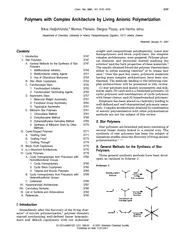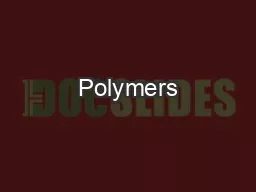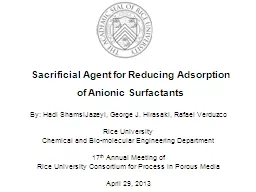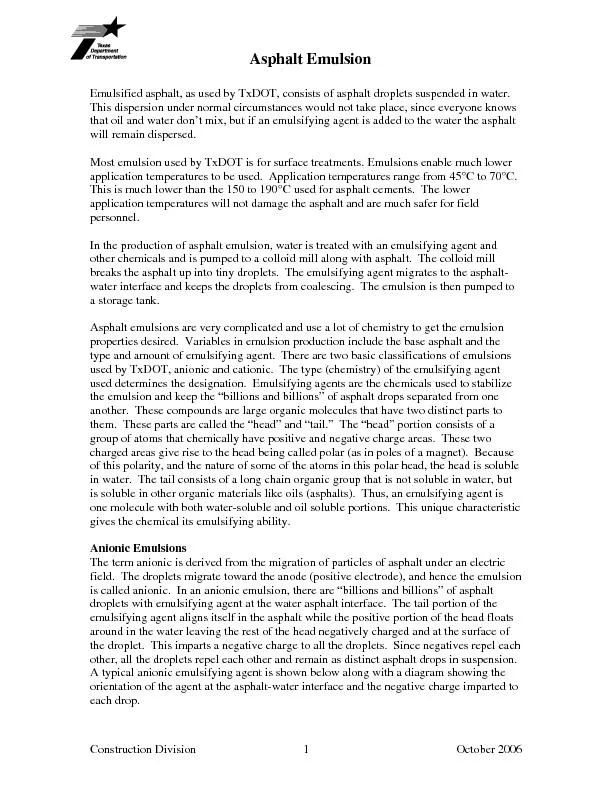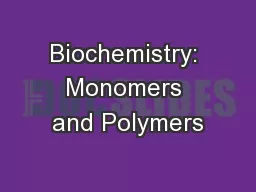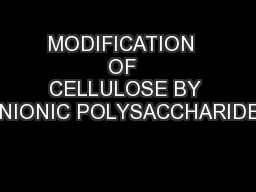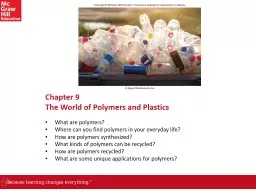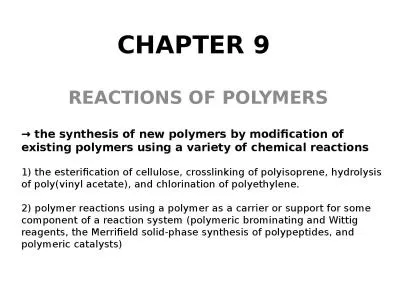PDF-Polymers with Complex Architecture by Living Anionic P
Author : ellena-manuel | Published Date : 2015-04-28
Introduction 3747 II Star Polymers 3747 A General Methods for the Synthesis of Star Polymers 3747 1 Multifunctional Initiators 3749 2 Multifunctional Linking Agents
Presentation Embed Code
Download Presentation
Download Presentation The PPT/PDF document "Polymers with Complex Architecture by Li..." is the property of its rightful owner. Permission is granted to download and print the materials on this website for personal, non-commercial use only, and to display it on your personal computer provided you do not modify the materials and that you retain all copyright notices contained in the materials. By downloading content from our website, you accept the terms of this agreement.
Polymers with Complex Architecture by Living Anionic P: Transcript
Download Rules Of Document
"Polymers with Complex Architecture by Living Anionic P"The content belongs to its owner. You may download and print it for personal use, without modification, and keep all copyright notices. By downloading, you agree to these terms.
Related Documents

